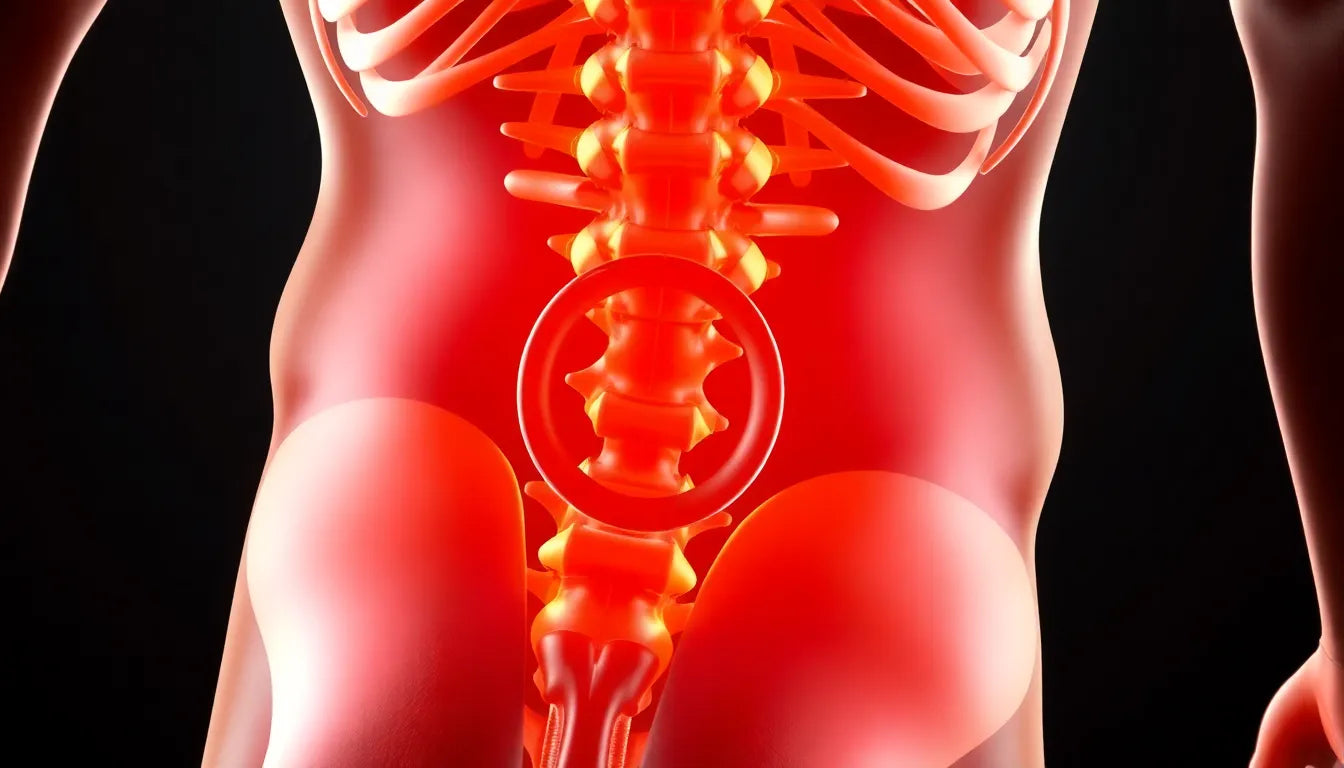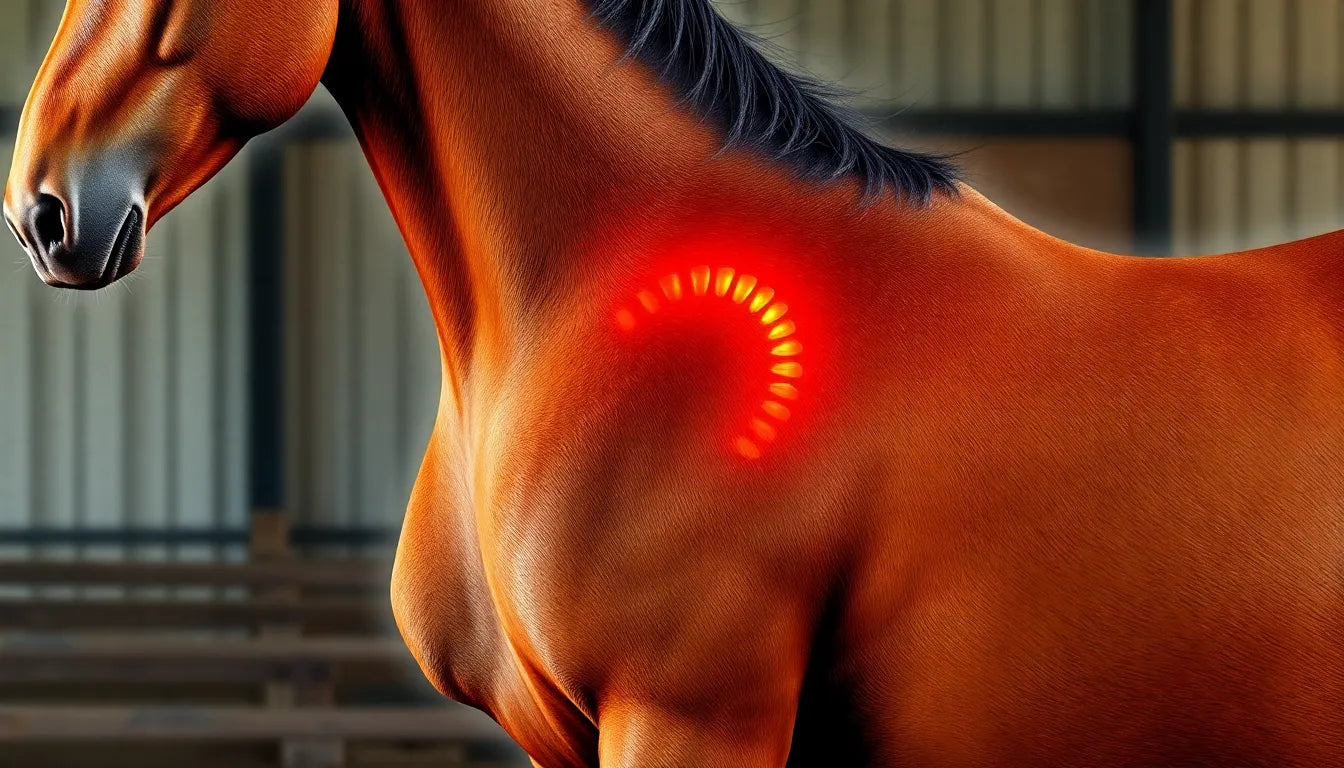Imagine a life where movement is free from pain, and everyday activities are no longer a struggle. For those dealing with a herniated disc, this might seem like a distant dream. However, herniated disc training offers a pathway to reclaiming comfort and enhancing quality of life. By focusing on targeted exercises, individuals can manage symptoms effectively and work towards recovery.
Understanding herniated discs
A herniated disc occurs when the soft center of a spinal disc pushes through a crack in the tougher exterior casing. This can lead to symptoms such as pain, numbness, or weakness, often affecting the back and limbs. It's a common condition that affects many people worldwide, disrupting daily life and limiting mobility. Fortunately, exercise plays a pivotal role in managing these symptoms and can significantly aid in recovery.
The purpose of herniated disc training
Herniated disc training focuses on two primary goals: reducing pain and enhancing functional movement. By engaging in specific exercises designed to strengthen and support the spine, individuals can alleviate discomfort and improve their ability to perform daily activities. Moreover, a well-structured exercise regimen not only aids in recovery but also helps prevent future injuries. With the right approach, herniated disc training can be a transformative journey towards a healthier, more active lifestyle.
Effective exercises for managing a herniated disc
When dealing with a herniated disc, selecting the right exercises is crucial to avoid exacerbating the condition while promoting healing. Low-impact exercises are particularly beneficial as they strengthen the core muscles without placing undue stress on the spine. Plank variations, for instance, are excellent for building core stability. These exercises engage the abdominal muscles and help distribute weight evenly, reducing pressure on the spine.
Bridging exercises are another effective option. By lifting the hips while keeping the shoulders grounded, individuals can strengthen the lower back and gluteal muscles, providing better support for the spine. Additionally, hamstring stretches play a vital role in maintaining flexibility, which is essential for alleviating tension and improving overall mobility. These stretches help lengthen the muscles in the back of the thighs, reducing strain on the lower back.
The importance of proper form and technique
Executing exercises with the correct form is paramount to ensure safety and effectiveness. Proper alignment and technique help prevent further injury and maximize the benefits of each exercise. It's essential to maintain a neutral spine during exercises, avoiding excessive arching or rounding of the back. Additionally, focusing on controlled movements and steady breathing can enhance the quality of the workout and support recovery.
For those new to exercise or unsure about their form, consulting with a personal trainer or corrective exercise specialist can be invaluable. These professionals can provide guidance, ensuring that exercises are performed correctly and tailored to individual needs, thereby enhancing both safety and results.
Avoiding risky exercises
While exercise is beneficial for managing a herniated disc, certain movements should be avoided to prevent worsening the condition. Heavy resistance training, deadlifts, and specific core exercises like sit-ups can place excessive strain on the spine and should be approached with caution. These activities can increase the risk of further injury and should be substituted with safer alternatives under professional guidance.
Clinical insights on exercise efficacy
Research consistently supports the effectiveness of targeted exercise interventions for lumbar disc herniation. Studies have shown that exercises focusing on lumbar segmental stabilization, suspension core stability, and balance center stabilization can significantly improve pain and functional status. These exercises work by enhancing spinal stability and reducing inflammation, thus contributing to a reduction in symptoms and an improvement in quality of life.
Understanding the biological mechanisms behind these benefits is crucial. Exercise promotes better circulation, which aids in reducing inflammation and delivering nutrients to the affected areas, facilitating healing. Additionally, strengthening the muscles around the spine provides better support, reducing the load on the injured disc and allowing for more pain-free movement.
In conclusion, herniated disc training, when approached with care and precision, offers a powerful means to manage pain and restore functional movement. By incorporating low-impact exercises, focusing on proper form, and avoiding risky movements, individuals can significantly improve their condition. Moreover, with the support of personal trainers and specialists, tailored exercise programs can be developed to meet specific needs, ensuring a safe and effective path to recovery.
Practical advice for safe herniated disc training
Embarking on herniated disc training requires a cautious approach to ensure safety and effectiveness. A key principle is gradual progression. Begin with low-intensity exercises and slowly increase the difficulty as your body adapts. This method helps build strength and endurance without risking further injury. It is crucial to monitor your body's response to each exercise, adjusting the intensity and duration as needed.
Another essential aspect is listening to your body. Pay close attention to any signals of discomfort or pain during workouts. If an exercise causes discomfort, stop immediately and consult with a healthcare professional to determine the best course of action. This proactive approach minimizes the risk of exacerbating the condition and ensures a safer training experience.
Expert insights into herniated disc training
Incorporating professional advice is invaluable when dealing with a herniated disc. Physical therapists and medical professionals can provide tailored guidance that considers the individual's specific condition and limitations. Dr. Emily Carter, a renowned physical therapist, emphasizes, "A personalized exercise plan is crucial for effective recovery. It ensures exercises are safe and aligned with the patient's current capabilities."
Personalized exercise plans offer numerous benefits, including targeted exercises that address specific weaknesses and imbalances. These plans are designed to cater to individual needs, maximizing the potential for recovery while minimizing risks. By working with professionals, individuals can gain confidence in their training regimen, knowing it is both safe and effective.
Conclusion: Unlocking pain-free movement
Herniated disc training holds the promise of pain-free movement and improved quality of life. By engaging in targeted exercises, individuals can effectively manage symptoms and work towards recovery. The journey requires dedication, patience, and professional guidance to ensure safety and success. Before starting any new exercise regimen, consulting with healthcare professionals is essential to tailor the program to your unique needs.
Frequently asked questions
What exercises should I avoid with a herniated disc?
Exercises that place excessive strain on the spine, such as heavy resistance training, deadlifts, and certain core movements like sit-ups, should be avoided. These activities can exacerbate the condition and increase the risk of further injury.
How can I strengthen my back after a herniated disc?
Focus on low-impact exercises that strengthen the core and support the spine, such as plank variations, bridging exercises, and hamstring stretches. These exercises help build stability and reduce pressure on the spine.
Is it safe to exercise with a herniated disc?
Yes, it is generally safe to exercise with a herniated disc, provided you follow a tailored exercise program designed by a healthcare professional. This program should focus on low-impact, core-strengthening exercises and avoid movements that could worsen the condition.
How long does it take to see improvement from herniated disc exercises?
The time frame for improvement varies depending on the individual and the severity of the condition. Some may notice changes within a few weeks, while others may take several months. Consistency and adherence to a personalized exercise plan are key to achieving the best results.
Can herniated disc exercises prevent future injuries?
Yes, herniated disc exercises can help prevent future injuries by strengthening the muscles that support the spine, improving flexibility, and enhancing overall stability. A well-structured exercise regimen can reduce the risk of recurrence and improve functional movement.


















